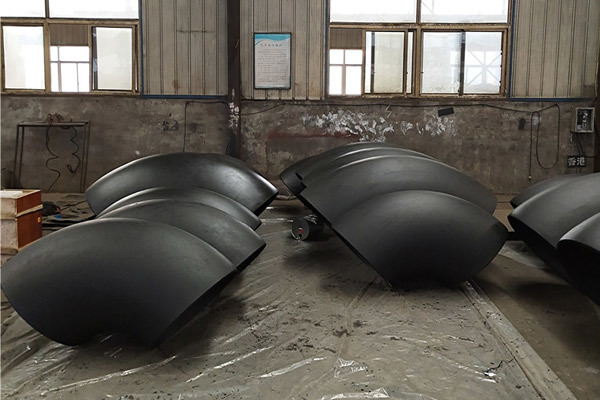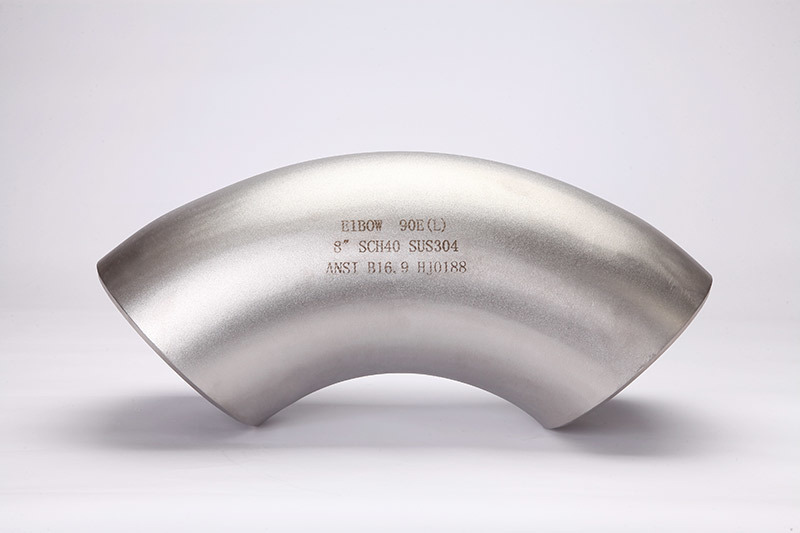Understanding Knife Gate Valves: Essential Insights for Industrial Applications
Release time:
2025-11-05
Knife gate valves are specialized types of valves designed primarily for on/off service in industrial pipelines, particularly in applications involving slurries, liquids, and gases. Unlike traditional gate valves, knife gate valves feature a sharp-edged blade that can slice through solid materials, making them particularly effective for handling viscous or thick media. One of the primary benefits
Knife gate valves are specialized types of valves designed primarily for on/off service in industrial pipelines, particularly in applications involving slurries, liquids, and gases. Unlike traditional gate valves, knife gate valves feature a sharp-edged blade that can slice through solid materials, making them particularly effective for handling viscous or thick media.
One of the primary benefits of knife gate valves is their ability to provide a reliable seal when completely closed. The design allows for minimal leakage, which is essential in processes where maintaining pressure and preventing contamination are crucial. Additionally, knife gate valves are typically installed in horizontal or vertical positions, offering flexibility in pipeline design.
These valves are commonly used in industries such as wastewater treatment, pulp and paper, mining, and food processing. In wastewater treatment facilities, knife gate valves efficiently manage the flow of sludge and other waste materials, ensuring smooth operation while minimizing downtime. In the pulp and paper industry, they facilitate the handling of fibrous slurries, where traditional valves might struggle.
Another significant advantage of knife gate valves is their maintenance ease. Their straightforward design allows for quick disassembly and repair, minimizing the need for extensive downtime and maintenance costs. Furthermore, they are often constructed from durable materials such as stainless steel or cast iron, ensuring longevity and resilience in demanding environments.
When selecting a knife gate valve, users should consider several factors. One key consideration is the valve size, which must be compatible with the pipeline diameter to ensure optimal flow and performance. Additionally, it's important to assess the pressure and temperature ratings to ensure the valve can withstand the operational conditions without failure.
The actuator type is another critical aspect to consider. Knife gate valves can be operated manually or automatically, using pneumatic or electric actuators depending on the application requirements. Automatic operation can enhance safety and efficiency, especially in processes requiring frequent valve adjustments.
In summary, knife gate valves are essential components in many industrial applications, providing effective flow control and durability in challenging environments. Their unique design allows them to efficiently manage a wide range of materials, while their ease of maintenance makes them a popular choice among operators. Understanding the advantages and proper application of knife gate valves can significantly enhance the efficiency and reliability of industrial pipeline systems.
One of the primary benefits of knife gate valves is their ability to provide a reliable seal when completely closed. The design allows for minimal leakage, which is essential in processes where maintaining pressure and preventing contamination are crucial. Additionally, knife gate valves are typically installed in horizontal or vertical positions, offering flexibility in pipeline design.
These valves are commonly used in industries such as wastewater treatment, pulp and paper, mining, and food processing. In wastewater treatment facilities, knife gate valves efficiently manage the flow of sludge and other waste materials, ensuring smooth operation while minimizing downtime. In the pulp and paper industry, they facilitate the handling of fibrous slurries, where traditional valves might struggle.
Another significant advantage of knife gate valves is their maintenance ease. Their straightforward design allows for quick disassembly and repair, minimizing the need for extensive downtime and maintenance costs. Furthermore, they are often constructed from durable materials such as stainless steel or cast iron, ensuring longevity and resilience in demanding environments.
When selecting a knife gate valve, users should consider several factors. One key consideration is the valve size, which must be compatible with the pipeline diameter to ensure optimal flow and performance. Additionally, it's important to assess the pressure and temperature ratings to ensure the valve can withstand the operational conditions without failure.
The actuator type is another critical aspect to consider. Knife gate valves can be operated manually or automatically, using pneumatic or electric actuators depending on the application requirements. Automatic operation can enhance safety and efficiency, especially in processes requiring frequent valve adjustments.
In summary, knife gate valves are essential components in many industrial applications, providing effective flow control and durability in challenging environments. Their unique design allows them to efficiently manage a wide range of materials, while their ease of maintenance makes them a popular choice among operators. Understanding the advantages and proper application of knife gate valves can significantly enhance the efficiency and reliability of industrial pipeline systems.
Key words:
Previous Page
Related News







